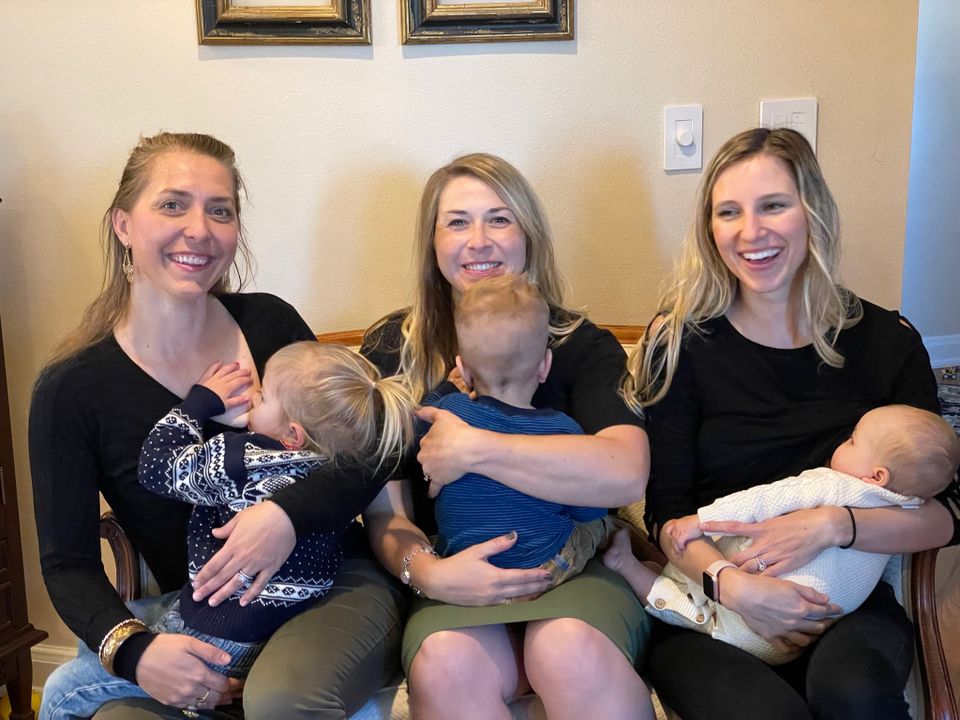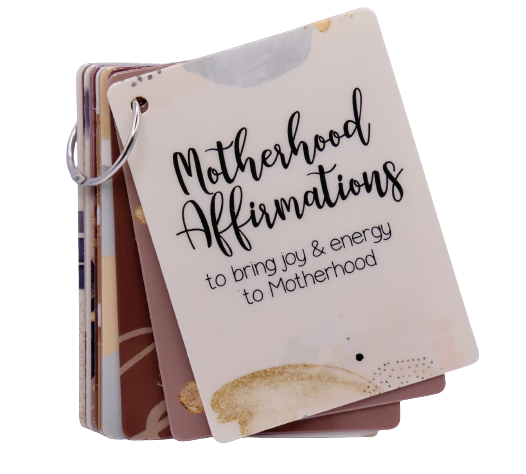I believe in breastfeeding- in public, without a cover, until your child is 4! There. I said it. I’m not a typical mama!
An American woman displaying her breast to nourish the child upon which these organs were created for, often elicit embarrassment and disrespectful comments from many who happen to witness this natural event.
I’ve experienced the beautiful and devastating truths about breastfeeding the last 11 years and hope to inform and inspire you, a fellow mom, who wish to nourish your babies with your breasts, bodies, and bottles freely and without judgment.
The WHO (World Heath organization), UNICEF (United Natiins Children Fund), and AAP (American Pediatric Association) all recommend initiation of breastfeeding within 1 hour of birth; exclusive breastfeeding for the first 6 months of life; introduction of nutritionally-adequate and safe complementary (solid) foods at 6 months together with continued breastfeeding up to 2 years of age or beyond.
It also returns a woman’s body and uterus to pre-pregnancy size faster and adds immunity and antibody protection for your baby. Breastfeeding can be delivered at the right temperate and consistency wherever you are. Luckily, gone are the days of frequent links thanks to convenient breast pads!
Often the first milk, known as colostrum, is available the last few weeks of pregnancy and as soon as your baby meets breast in the first latch. Colostrum is also called “liquid gold” for its fatty, rich, protein-laden nutrients and yellow appearance. The first latch with your newborn plays such a vital role in early successful breastfeeding. Many mothers cease breastfeeding after a short period of time due to improper latches.
I have come to learn that the intense pain, cracked and bleeding nipples, (thank heaven for Lanolin cream), reoccurring infections, clogged milk ducts, the latching and re-latching of a powerful and demanding baby, and blistering mastitis can be enough to make a mama skip the gritting of teeth every time feeding occurs and throw in the towel!
I have made the decision with each painfully cold cabbage leaf laid on my swollen breast, to continue breastfeeding and to not supplement with formula, as a personal and prayerful choice. This has been one of the highlights of my mothering life and has brought me personal satisfaction.
Some mothers find themselves physically or medically unable to provide milk for their newborn baby. Both of these situations can be devastating, heart wrenching and bring feelings of shame for a mother planning to breastfeed.
I stand strongly with every knowledgeable, wise, intuitive mother to decide when to continue breastfeeding or when to choose formula to feed our ever so hungry babies.
The advancements in formula are growing each year and are supporting women as they choose to nurture their babies the best way they can. In the article, “The Science of Breast Milk and Baby Formula,” Nina Notman states, “The biggest change in infant formula in recent years has been the addition of human milk oligosaccharides (HMOs).”
First identified in breast milk in the 1930s, HMOs are the third largest solid component of human milk and are the key differentiator between it and that of the cow.
“They are about 300 times more concentrated in human milk when compared to the oligosaccharides in cow’s milk,” says Lay Kwan Goh, a spokesperson for BASF (the largest chemical producer in the world).

Something that all doctors and public health experts agree is that a feed baby is most important, whether it's breast feeding or formula feeding. Most healthcare professionals encourage a mother to continue breastfeeding as breast milk over the life of an infant and child plays vital roles in optimal digestive, neurological, immunity, and mental health.
Leila Strickland, a cofounder of Biomilq, says she dreamt up the idea of cell-cultured human milk in 2009 while struggling to breastfeed her son. Strickland is clear that the milk produced in bioreactors is not breast milk. ‘It won’t ever reproduce all the same qualities and features of breast milk,’ she says. Its composition is, however, far closer to that of breast milk than to that of bovine-based formula. It has just two missing elements – antibodies (these are made by different cell types in the body) and the opportunity for microbial transfer from mother to baby.
May your back be strengthened to carry your precious cargo, your breasts filled with replenishing, energy laden nourishment and your diaper bag loaded with plenty of bottles stocked with HMO boosting formula.
Bon appetit!
Article written by: Christina Packard

Christina is the mother of 5. She is a writer and educator for Made Mindful, LLC. Along with gardening, embroidery, and playing the piano and trumpet, she finds thrills in anything DIY or craft related.



